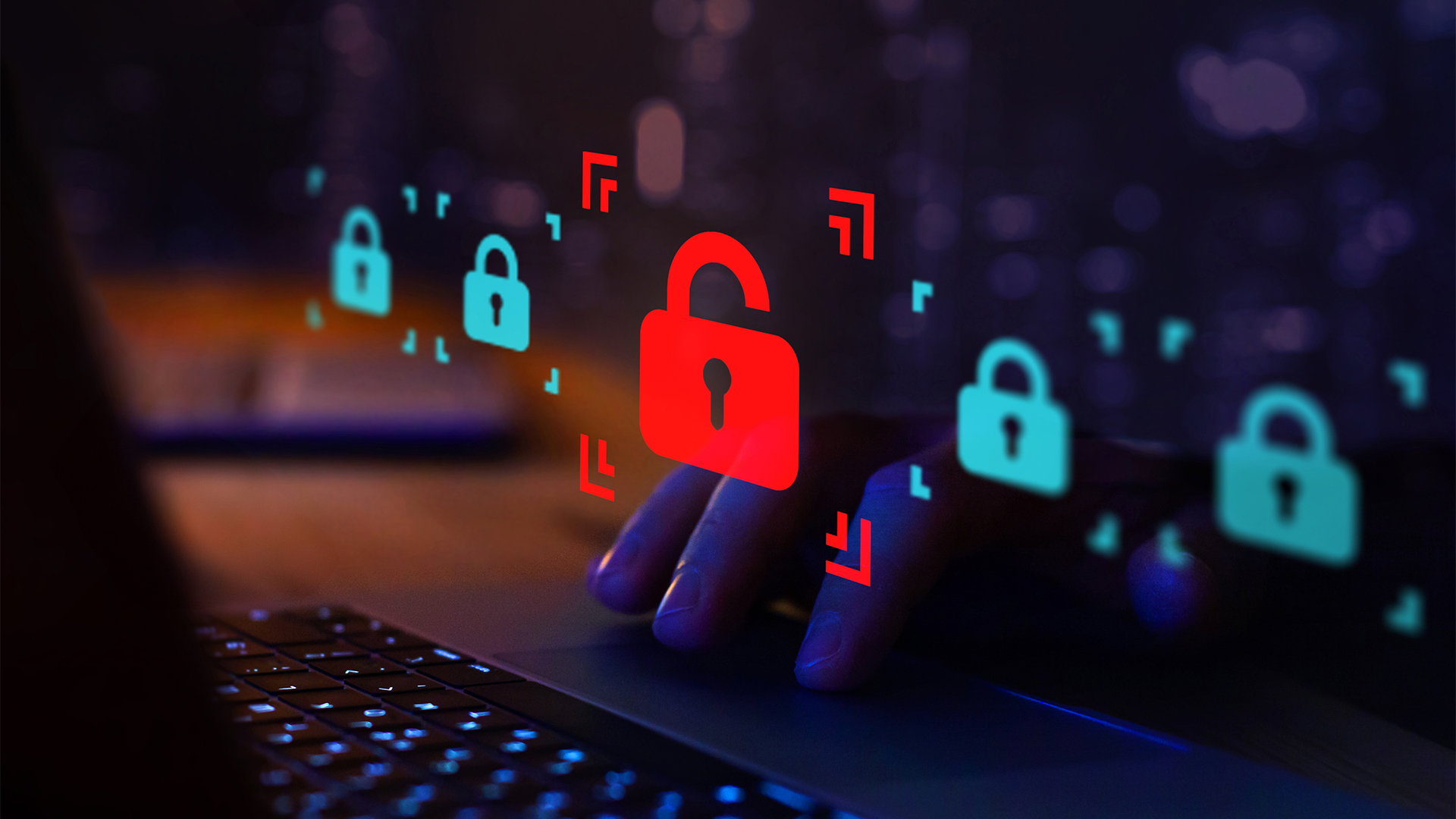The digital age faces an unprecedented challenge as cyber attacks surge dramatically, forcing organizations to reconsider their entire approach to business continuity. In a stark warning that has sent shockwaves through the corporate world, the National Cyber-Security Centre (NCSC) has issued critical guidance urging businesses to maintain physical, paper-based contingency plans alongside their digital defenses.
This recommendation comes as cyber attack contingency plans have evolved from optional precautions to essential survival tools for modern businesses. The message is clear: when hackers strike, your digital infrastructure may become your greatest vulnerability rather than your strongest asset.
Alarming Rise in Nationally Significant Cyber Attacks Demands Action
The Shocking Statistics Behind the Warning
The NCSC’s annual review reveals disturbing trends that every business leader must understand. During the first nine months of 2024, the agency responded to 429 cyber incidents—but the real story lies in their severity. An astounding 204 incidents, representing nearly half of all cases, were classified as “nationally significant.” This marks a dramatic increase from just 89 such incidents during the same period last year.
Even more concerning, highly significant incidents—the second-highest category of cyber threats—increased by 50% for the third consecutive year. Eighteen attacks fell into this critical category, demonstrating that cyber criminals are becoming more sophisticated and destructive in their methods.
According to Richard Horne, chief executive of the NCSC, organizations must fundamentally shift their thinking: “Have a plan for how they would continue to operate without their IT, and rebuild that IT at pace, were an attack to get through.”
Real-World Impact: When Digital Systems Collapse
The consequences of inadequate cyber attack contingency plans have already devastated major corporations. Marks and Spencer, The Co-op, and Jaguar Land Rover experienced crippling attacks that led to empty retail shelves and halted production lines. These weren’t minor disruptions—they were business-threatening crises that exposed the fragility of purely digital operations.
Perhaps most tragically, a cyber attack on a blood testing provider last year caused catastrophic problems for London hospitals, resulting in significant clinical disruption and directly contributing to at least one patient death. This sobering reality underscores that cyber security failures can have life-or-death consequences beyond financial losses.
Why Pen and Paper Cyber Attack Contingency Plans Are Your Best Defense
The Resilience Engineering Revolution
Traditional cyber-security controls focus on prevention, but experts now advocate for “resilience engineering”—a comprehensive strategy that acknowledges attacks will happen and prepares organizations to anticipate, absorb, recover, and adapt when they do.
Physical contingency plans form the cornerstone of this approach. When hackers encrypt your systems or lock you out entirely, paper-based protocols ensure your team can still function. These plans should include:
- Communication protocols without work email access
- Critical contact information for key personnel and vendors
- Manual operational procedures for essential business functions
- Recovery checklists with step-by-step restoration guidelines
- Alternative workflow processes that bypass digital dependencies
Graeme Stewart, head of public sector at cyber-security firm Check Point, emphasizes the practicality of this approach: “The call for pen and paper might sound old-fashioned, but it’s practical. Digital systems can be rendered useless once targeted by hackers.”
Learning from Business Failures
Paul Abbott’s experience serves as a cautionary tale. His Northamptonshire transport firm KNP invested £120,000 annually in cyber-security insurance and systems, yet still closed after hackers encrypted operational systems and demanded ransom in 2023.
Abbott now advocates for a three-pillar approach: security, education, and contingency planning. His hard-won wisdom reflects a crucial shift in perspective—it’s no longer a question of “if” cyber attacks will happen, but “when.”
For comprehensive guidance on government recommendations, visit the official Singha Darbar portal for additional resources and policy updates.
Understanding the Cyber Threat Landscape in 2024
Who’s Behind the Attacks?
The vast majority of cyber attacks are financially motivated, with criminal gangs employing ransomware and data extortion tactics to blackmail victims into paying Bitcoin ransoms. While most cyber-crime operations are headquartered in Russia or former Soviet countries, authorities have noted a concerning resurgence in teenage hacking gangs believed to operate from English-speaking nations.
This year alone, seven teenagers have been arrested in the UK as part of major cyber-attack investigations, highlighting the evolving and diverse nature of modern cyber threats.
The Six Categories of Cyber Incidents
The NCSC and UK law enforcement classify incidents into six categories:
- Category 1: National cyber-emergency
- Category 2: Highly significant incident
- Category 3: Significant incident
- Category 4: Substantial incident
- Category 5: Moderate incident
- Category 6: Localized incident
Understanding these classifications helps organizations assess their risk exposure and prioritize cyber attack contingency plans accordingly.
Essential Steps to Implement Effective Cyber Attack Contingency Plans
Immediate Actions Every Organization Must Take
Step 1: Create Physical Documentation Print and store critical operational procedures offline. Keep multiple copies in secure, accessible locations that key personnel can reach even during complete system shutdowns.
Step 2: Establish Alternative Communication Channels Develop communication trees using personal phones, physical addresses, and meeting points that don’t rely on corporate email or messaging systems.
Step 3: Identify Core Business Functions Determine which operations are absolutely essential for survival and create manual workarounds for each. Document these processes in simple, actionable steps that any team member can follow.
Step 4: Leverage Free Government Resources The NCSC offers valuable free tools and services, including cyber insurance for small businesses that complete the Cyber Essentials programme. These resources provide foundational protection without significant financial investment.
Step 5: Regular Testing and Updates Cyber attack contingency plans are worthless if they’re never tested. Schedule quarterly drills that simulate system outages and require teams to execute backup procedures.
Making Cyber Security Part of Daily Operations
Stewart’s analogy resonates powerfully: “You wouldn’t walk onto a building site without a helmet—yet companies still go online without basic protection. Cybersecurity needs to be treated with the same seriousness as health and safety: not optional, not an afterthought, but part of everyday working life.”
The Future of Business Continuity in a Digital Age
The dramatic increase in nationally significant cyber attacks represents a watershed moment for business operations worldwide. Organizations that fail to develop robust cyber attack contingency plans aren’t just risking financial losses—they’re gambling with their very existence.
The government’s emphasis on physical backup systems acknowledges a fundamental truth: when digital systems fail, analog solutions provide the resilience that keeps businesses operational. This isn’t about rejecting technology but about creating layered defenses that ensure survival regardless of circumstances.
As we move deeper into 2024 and beyond, the question isn’t whether your organization will face a cyber threat, but whether you’ll be prepared when that moment arrives. The time to develop comprehensive cyber attack contingency plans isn’t after an attack occurs—it’s right now.





















Comments